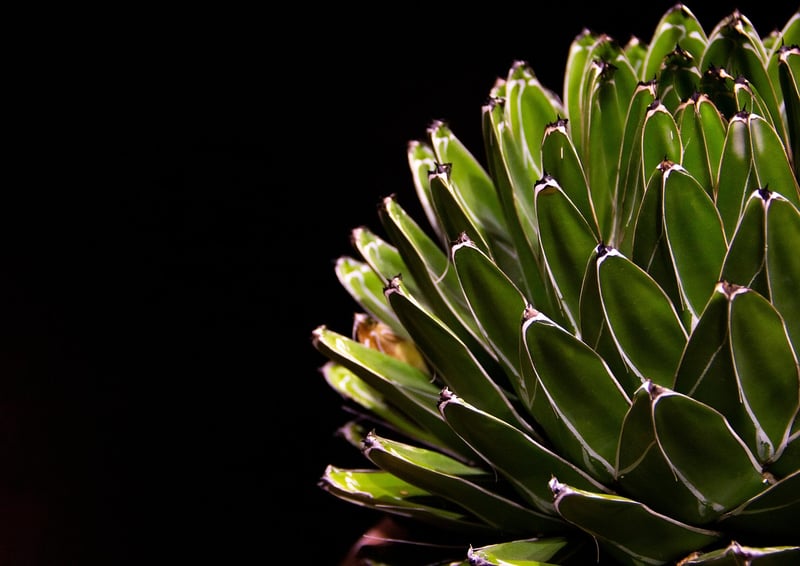Vertical Planting Techniques
Maximizing Garden Space with Vertical Planting Techniques
Are you looking to make the most of your garden space? Vertical planting techniques can be a game-changer for maximizing your planting area, whether you have a small backyard, balcony, or even just a wall to work with. Let's explore some innovative ways to go vertical with your garden!
Benefits of Vertical Planting
Vertical planting offers several advantages beyond just space-saving. By utilizing vertical space, you can:
- Grow more plants in a limited area
- Create a visually appealing garden feature
- Improve air circulation around plants
- Reduce pest and disease issues
- Easier access for watering and harvesting
Vertical Planting Ideas
Here are some creative vertical planting techniques to inspire your gardening endeavors:
1. Vertical Gardens
Vertical gardens, also known as living walls, are a popular way to grow plants vertically. You can use wall-mounted planters, pocket planters, or create a DIY trellis system to support climbing plants.

2. Hanging Baskets
Hang baskets from a pergola, balcony railing, or any sturdy overhead structure to add a touch of greenery to your space. Herbs, flowers, and trailing plants work well in hanging baskets.

3. Trellises and Arbors
Install trellises or arbors in your garden to support vining plants like tomatoes, cucumbers, or beans. These structures not only provide vertical growing space but also add structure and beauty to your garden.

4. Vertical Plant Stands
Vertical plant stands are a versatile option for displaying a variety of plants in a compact space. You can choose tiered stands or ladder-style stands to showcase your plant collection.

Tips for Successful Vertical Planting
- Ensure proper support for climbing plants to prevent damage.
- Use lightweight potting mix for wall-mounted planters to avoid excessive weight.
- Consider the sunlight requirements of your plants when positioning your vertical garden.
- Regularly water and fertilize plants in vertical arrangements as they may dry out faster.
- Check the structural integrity of your vertical gardening installations to prevent accidents.
With these vertical planting ideas and tips, you can transform your garden into a lush, space-efficient oasis. Get creative, experiment with different plant combinations, and enjoy the beauty of a thriving vertical garden!
Happy gardening!
